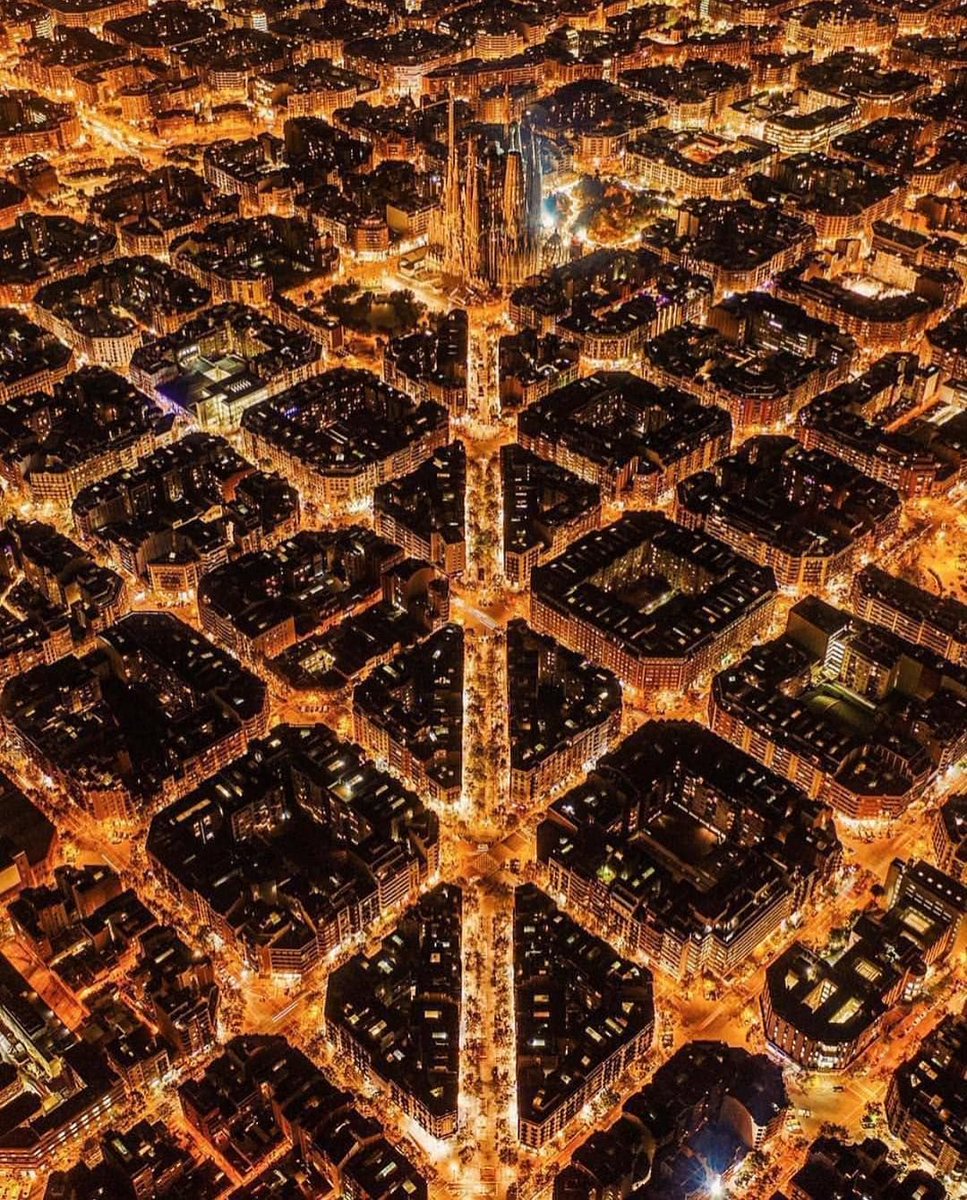Eadweard Muybridge (1830-1904) was an English photographer who moved to San Francisco in 1867 and starting selling photographs of the Yosemite Valley.
He was a pioneer of photography who had already registered two patents in England.
He was a pioneer of photography who had already registered two patents in England.

In 1872 he was hired by the founder of Stanford University, Leland Stanford, to photograph his favourite horse.
The next five years were spent on photographic experiments... and standing trial for the murder of his wife's lover — for which he was acquitted.
The next five years were spent on photographic experiments... and standing trial for the murder of his wife's lover — for which he was acquitted.
And in 1877, after creating new techniques for capturing movement at high speed, Muybridge was successful.
But this "photo" of Occident, Stanford's horse, is actually a painting based on a negative Muybridge had produced. Hence its authenticity was questioned...
But this "photo" of Occident, Stanford's horse, is actually a painting based on a negative Muybridge had produced. Hence its authenticity was questioned...

But in the following year, 1878, Muybridge achieved the impossible.
A vast and expensive "automatic electric camera" arrangement, designed by Muybridge and funded by Stanford, allowed them to finally photograph a horse in motion — for the first time in history.
A vast and expensive "automatic electric camera" arrangement, designed by Muybridge and funded by Stanford, allowed them to finally photograph a horse in motion — for the first time in history.

The results were presented to journalists and immediately acclaimed as a critical breakthrough.
Muybridge produced several more sets of photographs which were featured in the Scientific American and France's La Nature:
Muybridge produced several more sets of photographs which were featured in the Scientific American and France's La Nature:

Muybridge and Stanford eventually fell out, with the latter taking credit for the former's work.
But Muybridge continued working elsewhere and within a decade he had produced one of the first ever motion pictures using a "zoopraxiscope".
But Muybridge continued working elsewhere and within a decade he had produced one of the first ever motion pictures using a "zoopraxiscope".

But here's the thing: many people didn't believe Muybridge and Stanford at first. Or, more accurately, they didn't *want* to.
Théodore Géricault's Derby at Epsom might look strange to us, even comical, but that's how galloping horses had always been depicted in art.
Théodore Géricault's Derby at Epsom might look strange to us, even comical, but that's how galloping horses had always been depicted in art.

Even the great Leonardo da Vinci, way back in the early 1500s, sketched horses with those outstretched legs.
Without the aid of a camera, people simply had to guess how a horse looked at full gallop.
Without the aid of a camera, people simply had to guess how a horse looked at full gallop.

But as Muybridge had proven, horses are only ever fully airborne when their legs are directly beneath their body — and at no point is the horse ever fully outstretched.
But with centuries of art saying otherwise, it just looked *wrong* to people.
But with centuries of art saying otherwise, it just looked *wrong* to people.

Even the US Post Office Department, formed in 1792 and dissolved in 1971, had a horse in motion — a courier — as its symbol.
With people so used to seeing this, we can perhaps understand why, outside of scientific circles, Muybridge's photographs were treated with uncertainty.
With people so used to seeing this, we can perhaps understand why, outside of scientific circles, Muybridge's photographs were treated with uncertainty.

Another example is the historic genre of equestrian portraits — of kings, noblemen, and generals on horseback. 

It was especially during the 19th century, with the rise of horse racing as a popular sport, that depictions of horses rapidly rose in number.
They were everywhere. And so this version of horses in motion, even if false, had been fixed in people's minds as the right one.
They were everywhere. And so this version of horses in motion, even if false, had been fixed in people's minds as the right one.

Even once more photographic evidence proved Muybridge's discovery was accurate, the public were slow to accept it.
There was the weight of all that history behind the "incorrect" version of a horse's gallop, and in the early 1900s horses were still being painted the old way:
There was the weight of all that history behind the "incorrect" version of a horse's gallop, and in the early 1900s horses were still being painted the old way:

Even in 1888, a full decade after Muybridge's first set of photographs had been released, things like this album of successful British and American racehorses still depicted them how the public preferred, in a more "graceful" fashion. 

Indeed, the most interesting thing about the public's response is that they believed this "scientifically correct" version to be less graceful, to be awkward and clumsy.
But to us, over a century later, the opposite is now true — those elongated horses look rather silly.
But to us, over a century later, the opposite is now true — those elongated horses look rather silly.

This is but one example of how art and technology interact, and one of myriad ways that photography impacted art.
And a tale of how perceptions change over time, how we become accustomed to particular practices which, even when proven "wrong", still feel "right".
And a tale of how perceptions change over time, how we become accustomed to particular practices which, even when proven "wrong", still feel "right".
By the late 1800s art was moving away from "accurate" representation anyway; "right" and "wrong" were ceasing to apply, if they ever did.
Still, it's interesting to wonder if there's anything we currently depict in the "wrong" way.
What is our equivalent of the galloping horse?
Still, it's interesting to wonder if there's anything we currently depict in the "wrong" way.
What is our equivalent of the galloping horse?

• • •
Missing some Tweet in this thread? You can try to
force a refresh

























